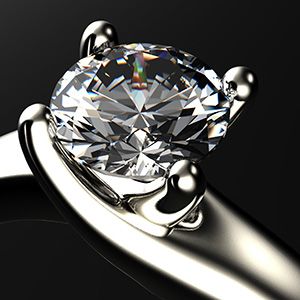- Joined
- Dec 12, 2016
- Messages
- 960

GIA Says Fake Inscriptions, Reports Accompanied Lab-Grown, Treated Diamonds - JCK
In August, the Times of India reported that a businessman in Surat, India, had been charged with selling diamonds that had fake GIA inscriptions.







300x240.png)